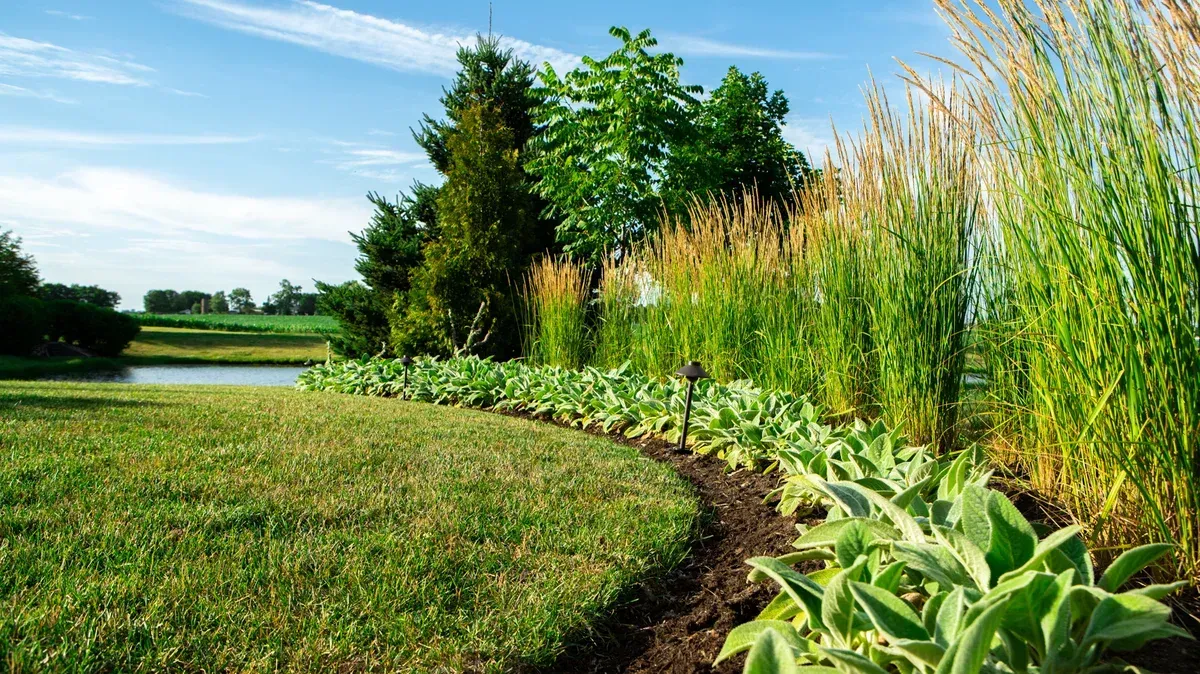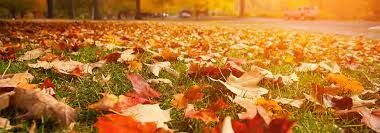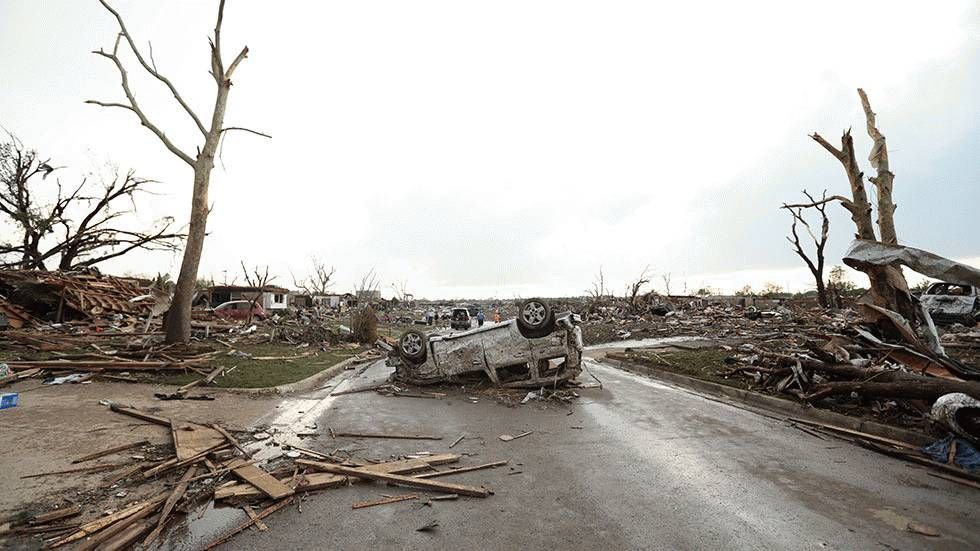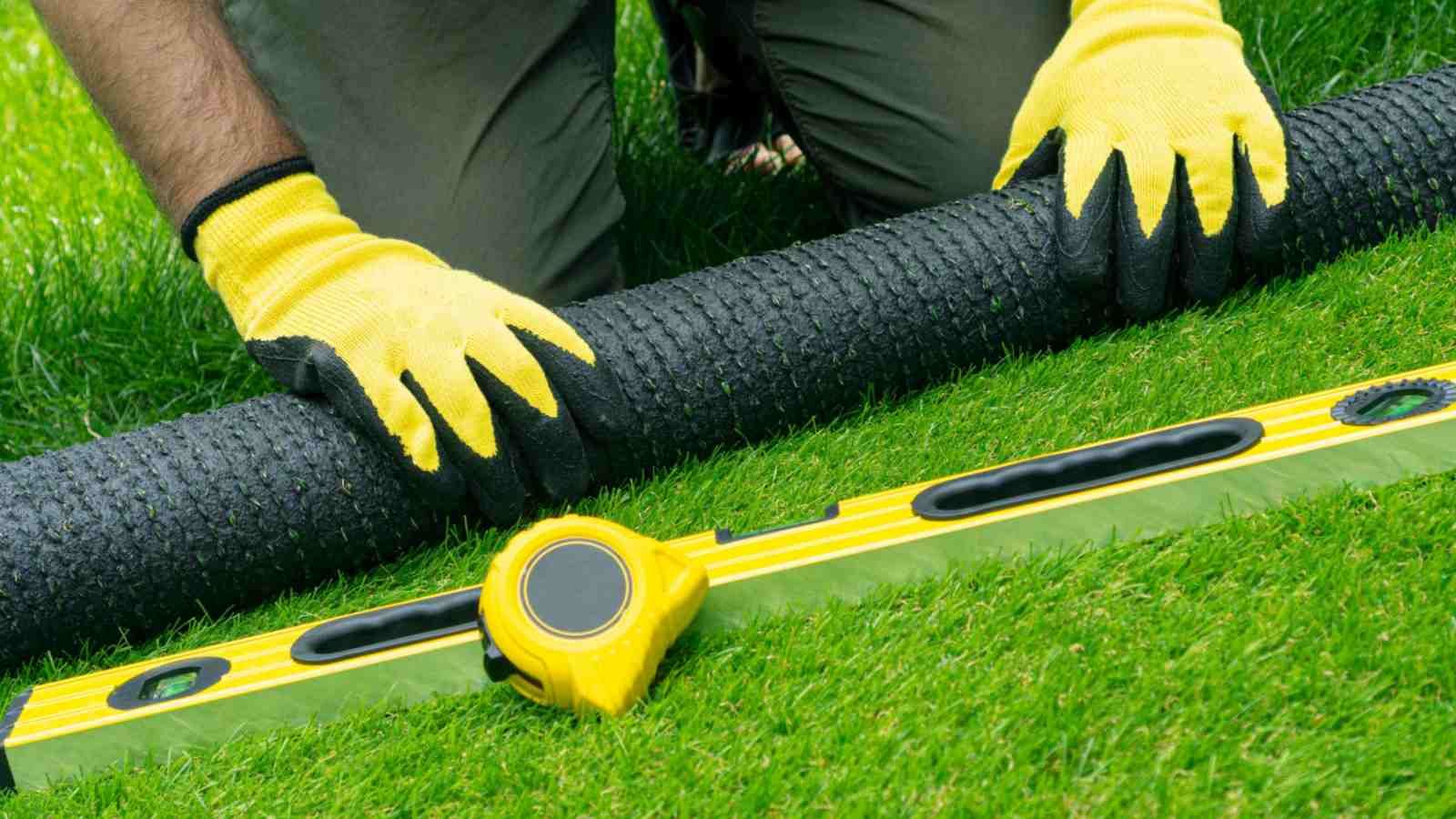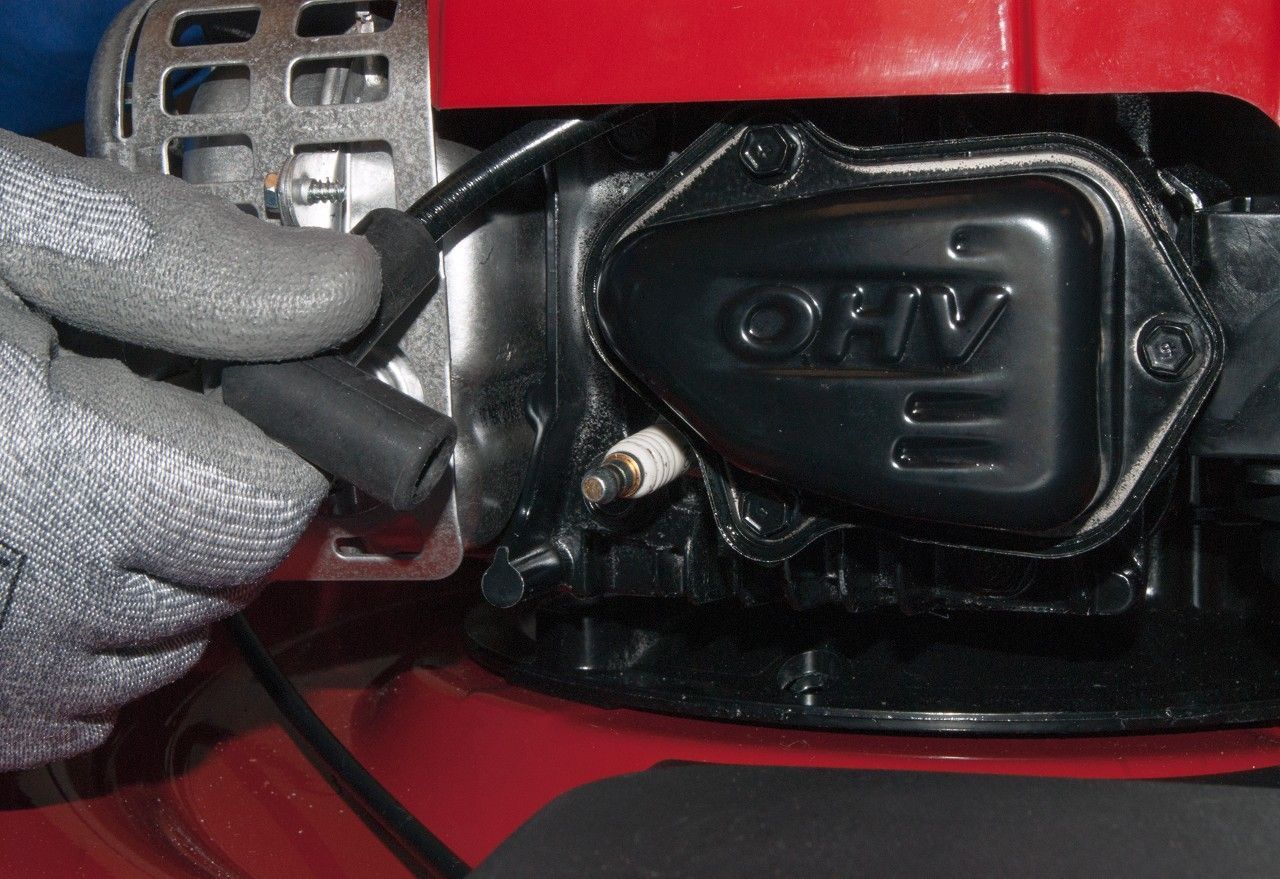Get Your Grass to Bounce Back After Winter
Tips to Revive your Lawn
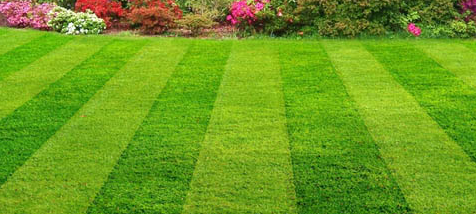
#1: Accessing Your Soil and Aerate it If Necessary
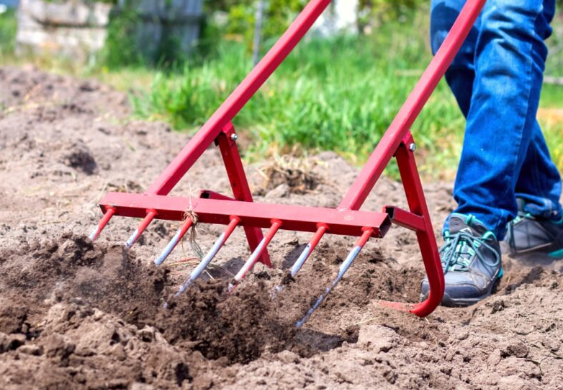
The quality of your grass is affected by a variety of factors, and one common problem is soil compaction. If your lawn seems to be declining in health over the years, compacted soil may be to blame. This can be caused by foot traffic, tire tracks, and other repeated forces. To address this issue, take a walk around your yard to check for hard spots in the ground. To loosen up the soil, you can aerate the ground, allowing it to reintroduce oxygen, water, and other essential nutrients.
#2: Clearing and Seeding Dead Patches
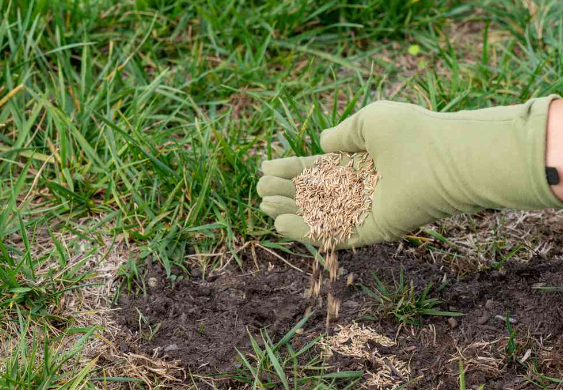
Address dry patches in your grass as soon as possible to prevent them from worsening. Once bare spots appear, prepare the soil by loosening the surface with a rake or similar tool. Then, choose the right grass seed and spread it over the loosened soil. To prevent birds from eating the seeds, mix in extra soil or compost. Keep the seeds moist by watering them once or twice a day for about 10 days until they start sprouting. Once the new grass is taller than the rest of your lawn, you can mow it to the desired length.
#3: Right Pre-emergent Herbicides For You
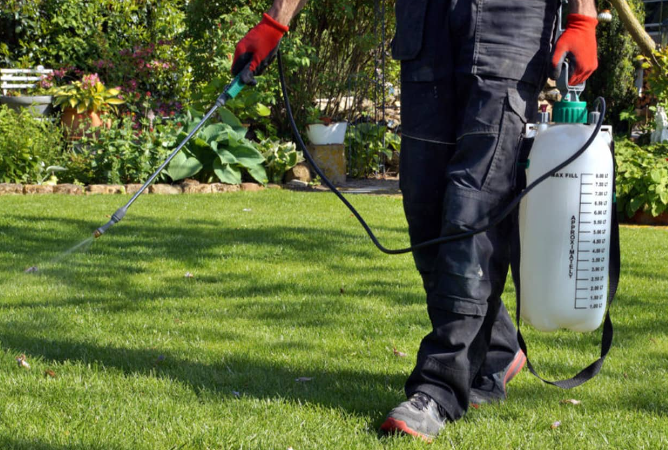
There are several herbicide options available in the market, but not all are suitable for application on your grass after winter. Selective herbicides are designed to target and eliminate problematic weeds without causing harm to other plants. Nonselective herbicides, on the other hand, will kill any type of plant it comes in contact with. Pre-emergent herbicides are used as a preventive measure before weeds like thistle and clover start to grow, while post-emergent herbicides are used reactively to eliminate weeds that have already sprouted. It's important to note that if you have newly seeded patches of grass, you should avoid applying herbicides to prevent any negative impact on the growth of the new grass.
#4: Fertilizing Grass and Starting Sprinklers
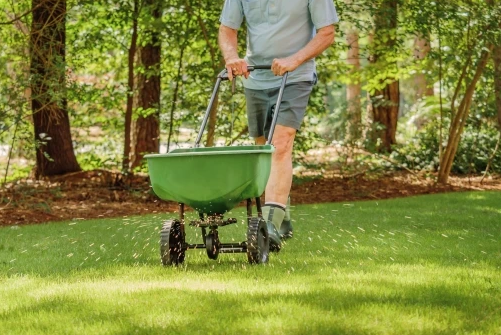
Once the herbicides have been absorbed, it's time to start fertilizing your lawn. Fertilizer provides essential nutrients needed for healthy grass growth, especially if your lawn is not already thick and green. The soil alone may not be able to provide all the nutrients necessary throughout the growing season, making it difficult to revive your grass after winter without the help of fertilizer. Additionally, as your grass grows, it's crucial to increase watering, particularly after fertilization, to ensure that the nutrients are effectively absorbed into the grass roots. It's important not to rush into watering, but to wait until the grass is ready to take in additional moisture. This approach will help promote strong and vibrant growth in your lawn.
#5: Time to Start Mowing
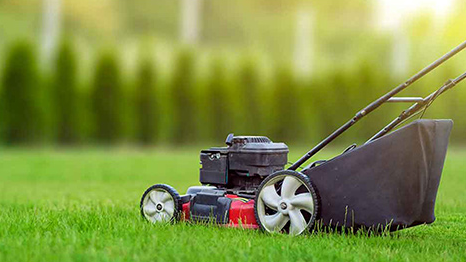
Once the grass has grown tall and the ground is dry, you are free to begin mowing your yard. However, after winter, it is important to leave the grass fairly long. Cutting the grass too short can encourage the growth of weeds and limit the surface area needed for photosynthesis, leading to a weakened lawn. It is best to set your cutting length to a higher height for the first few cuts of the season to promote healthy and strong growth while preventing weed growth. This will help maintain the overall health and appearance of your lawn.
Need a new lawnmower?
Explore our options here.
For more tips click here or give us a call at 580-886-2345 for info on what equipment is right for your lawn!
Share Our Blog Post(s) However You'd Like!
Contact
Contact Us


